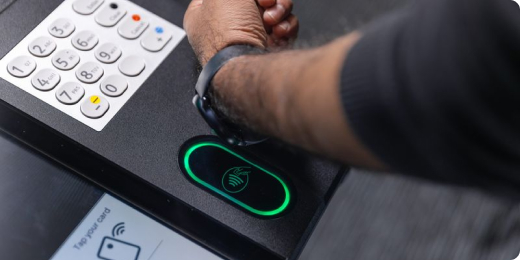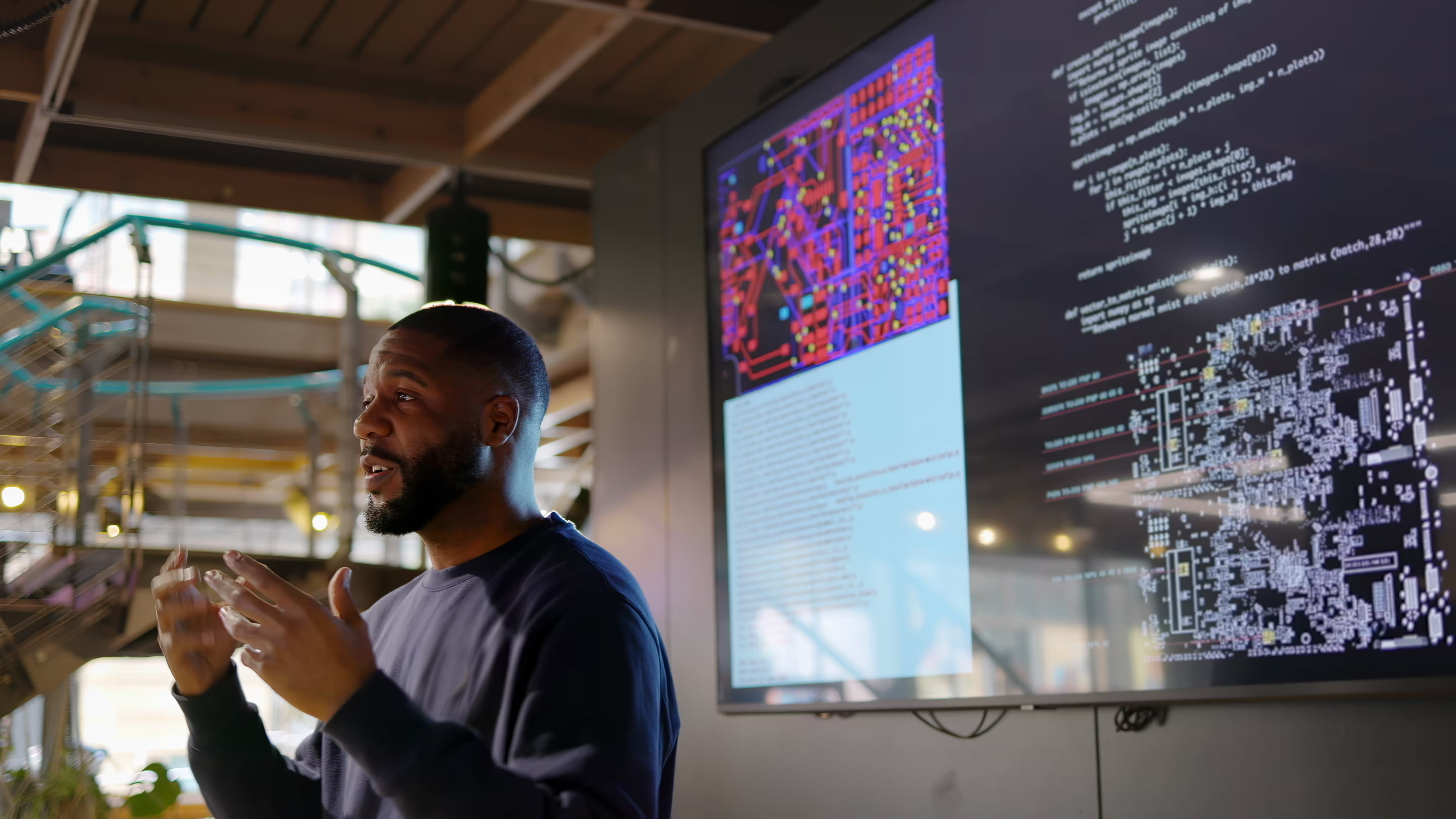Why ‘smart branches’ are better than ‘cashless branches’
This article was originally featured in the BAI Executive Report, Branches: Adapting for the modern customer, click here to learn more.
By Steve Nogalo, General Manager, North America • Global Sales
I’m hearing people in our industry talk about “cashless branches”, but I believe they’re missing the point. “Cashless branches” has negative connotations because it implies a reduction in the options to access your funds.
Branches that are succeeding with digital transformation aren’t getting rid of cash. Cash is here to stay because people want it for a host of uses. Instead, branches are moving cash withdrawals and other simple transactions to ATMs so staff can focus on higher-level services for customers and members. I call these “smart branches” instead of “cashless branches” because it’s smart to use technology where it works best and people where they work best.
Benefits to customers/members
- Surcharge-free cash withdrawals at owned and network ATMs (like Allpoint ATMs) at branches and where customers live, work and shop
- More features at ATMs (like Allpoint+ ATMs), including cash deposits and split deposits (popular with small businesses)
- Shorter wait times
- Fewer/shorter deposit holds for fast funds availability
- Extended business hours
- A way to use technology while preserving relationships with tellers they like
- For non-English speakers, more tellers who speak their preferred language
Benefits to financial institutions
- Retaining customers/members and winning digital natives in Gen X, Millennial and Gen Z by offering digital options
- Reducing the risks of handling cash with well-secured devices
- Reducing transaction costs from $4 with an in-branch teller to $1 via self-service
- Reducing labor and infrastructure costs
- Shifting staff to high-value relationship-building work
- Retaining valued employees through career opportunities as video tellers
- Controlling the costs of ATM/ITM maintenance with fixed monthly fees through ATM as a Service utility network providers
But don’t just take my word for it. Here’s what smart branches are doing for financial institutions like yours.
PenAir Credit Union
PenAir Credit Union converted its branch headquarters to a SmartBranch model in early January 2025. It was the credit union’s second SmartBranch. Four more SmartBranches and three traditional drive-thrus are also in the works.
Derrick Aguilar, PenFed’s SVP and chief experience officer, said integrating ITMs into branches while shifting from the traditional teller operating model has transformed the branch from a transaction center into an advisory hub. Without responsibility for cash operations, in-branch employees can focus on more complex interactions that truly support our members’ financial needs while ITMs and LIVE Tellers (video-enabled tellers) are dedicated entirely to transactional services.
“This approach not only enhances service efficiency but also gives members the flexibility to engage in the way that works best for them—whether through self-service or personalized assistance,” he said. “ITMs enable us to offer extended hours at a lower cost and provide another touchpoint for members when branches cannot open, such as during natural disasters.”
“These changes are making us more proficient, faster and better equipped to handle cash-driven interactions,” he said.
Seacoast Bank
Seacoast Bank wanted to elevate the customer experience by enhancing its fleet of ATMs to offer customers more options while extending ATM access beyond its footprint.
Seacoast joined the NCR Atleos Allpoint Network, which expanded surcharge-free access to cash for customers at more than 40,000 locations in the US. It also moved to an ATM as a Service model to transform its fleet and streamline operations.
Julie Kleffel, executive VP and chief banking officer of Seacoast Bank, says the bank’s partnership with NCR Atleos was a win-win. “I don’t have to go to six different people to run my ATMs. I don’t worry about whether or not it’s going to work with NCR Atleos because they’re monitoring it 24/7. And the Allpoint network provided us the ability to scale well beyond the state.”
“Our finance partners saw this as a huge win because we were able to reduce capital expenditures substantially,” she said. “Now it’s much easier to model the growth in the fleet as it relates to M&A activity.”
Generations Federal Credit Union
Generations wanted to shift more transactions to its ATMs by upgrading those ATMs and adding more transaction types, so members could do more and have better experiences. It also hoped the initiative would help improve operating efficiencies and lower costs.
“Our members were telling us they wanted to be able to do what they wanted to do when they wanted to do it, the way they wanted to do it,” said Danielle Smothers, VP of retail delivery at GFCU. “GFCU chose ATM as a Service, which has enabled us to shift our focus to providing a seamless experience for our members through all of our channels. We have enhanced the member experience with digital-first software and hardware, improved ATM availability and uptimes, empowered staff and improved member relations. And with the predictable monthly costs, we’ve been able to shift capital towards innovation so we can focus on delivering a better experience for our members,” she said.
Renasant Bank
Renasant Bank wanted an efficient way to expand its footprint and reduce its cost per transaction while improving customer service. The bank introduced a hub-and-spoke model with a central branch (hub) and distributed ITMs (spokes) offering more transaction options at locations closer to customers.
Michelle Rivers, EVP/chief experience officer, said the bank didn’t have to work too hard to find an effective way to introduce the new concept to their customers. “We weren’t afraid they would be put off by the technology because they’ve been talking to tellers over video for years in our drive-thrus. We just call it ‘ATM with live banker’ and our customers know they’ll get the service they expect from us at our ITMs,” she said.
Conclusion
The future of banking lies in a seamless balance of digital innovation and personalized human interaction. By expanding digital services, banks and credit unions are well-positioned to navigate the evolving financial services landscape, delivering enhanced value to their customers and members.
Let’s explore what’s possible for your business. Our team is ready to connect and discuss tailored solutions that meet your goals.
Thank you for reaching out. A member of our team will be in touch shortly to continue the conversation.







%20(1).jpg)





%20(1).jpg)

%20(1).jpg)




%20(1).jpg)
%20(1).jpg)
%20(1).jpg)

%20(1).jpg)
%20(1).jpg)
.jpg)
.jpg)
.jpg)
%20(1).jpg)
.jpg)
.jpg)
.jpg)




.jpg)
.jpg)
.jpg)
.jpg)
